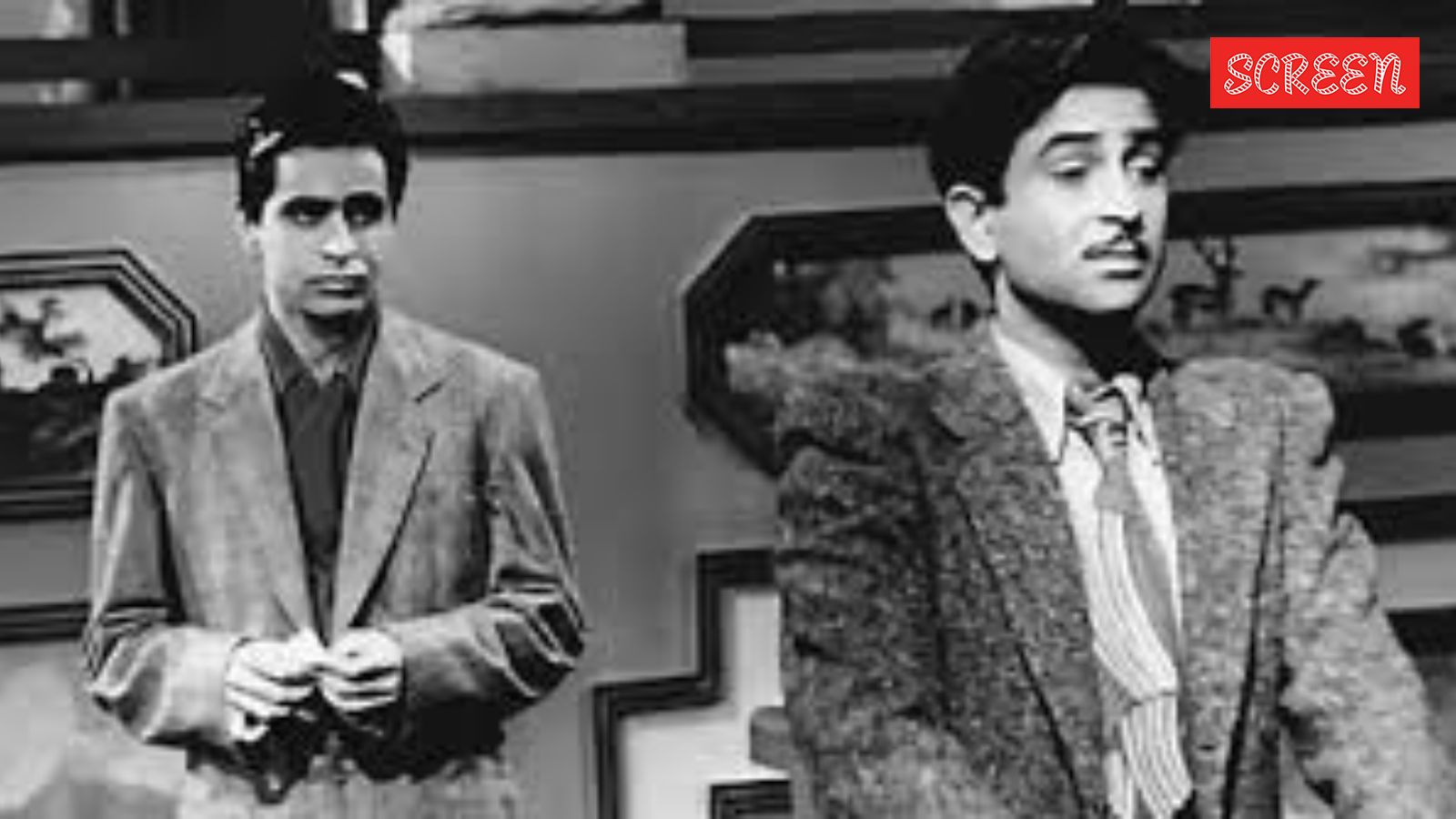
Contents
- 1 The Evolution of Hindi Cinema: A Shift from Art to Commerce
- 1.1 Aamir Khan’s Mantra: Balancing Commerce and Art
- 1.2 Irrfan Khan: A Shining Example of Creative Fulfillment
- 1.3 Kiran Rao’s Praise for Aamir Khan’s Risk-Taking
- 1.4 The Rise of Commercial Cinema: A Threat to Artistic Expression
- 1.5 The Legacy of Indie Films: A Forgotten Era
- 1.6 The Future of Hindi Cinema: A Call to Action
- 1.7 Conclusion
The Evolution of Hindi Cinema: A Shift from Art to Commerce
The Hindi film industry has undergone a significant transformation over the years, with a growing emphasis on commercial success over artistic expression. Recently, filmmakers like Anurag Kashyap, Vikramaditya Motwane, Kiran Rao, and Nikkhil Advani, along with Abhishek Banerjee, sat down to discuss the current state of the industry and the challenges faced by filmmakers who strive to create meaningful cinema.
Aamir Khan’s Mantra: Balancing Commerce and Art
Abhishek Banerjee recalled Aamir Khan’s approach to striking a balance between commercial and art cinema. "I have heard Aamir Khan say that he does commercial films so that he can make films that he wants to make," Banerjee said. "I have heard from people that if you are a part of commercial cinema, you can also be a part of this cinema." This mantra has inspired many filmmakers to explore the possibility of creating content-driven films while also catering to the demands of the commercial market.
Irrfan Khan: A Shining Example of Creative Fulfillment
Anurag Kashyap pointed out how the late actor Irrfan Khan would work on commercial films while also picking up projects by small and indie filmmakers to fulfill his creative soul. "Irrfan Khan was a great example of an actor who would do commercial films, but at the same time, he would also do films with small and indie filmmakers," Kashyap said. "He had a great sense of balance and knew how to navigate the industry."
Kiran Rao’s Praise for Aamir Khan’s Risk-Taking
Kiran Rao, Aamir Khan’s ex-wife, praised his willingness to take risks and work with first-time filmmakers. "Aamir has worked with so many first-time filmmakers in his career," she said. "I think it takes a certain confidence to know that the film and the material is really exciting and you are willing to take that risk. Most stars are risk-averse." This ability to take risks has allowed Aamir Khan to create a diverse filmography, with a mix of commercial and art-house films.
The Rise of Commercial Cinema: A Threat to Artistic Expression
Anurag Kashyap cited the example of films like Omkara and Haider, where big stars like Ajay Devgn, Shahid Kapoor, and Saif Ali Khan took a chance with smaller films. "What made people like Ajay Devgn and Saif Ali Khan do films like Omkara?" he asked. "What made Shahid Kapoor do Haider?" However, he also noted that the current scenario is different, with a growing emphasis on commercial success over artistic expression. "There is a notion that has been created on social media and marketing where now everybody is competing to out-do each other to deliver big hits, so nobody is really looking at the script anymore. They are just looking out whether it will be a hit."
The Legacy of Indie Films: A Forgotten Era
Abhishek Banerjee shared that even stars like Vinod Khanna had been part of indie films. Nikkhil Advani shared an interesting trivia about superstar Amitabh Bachchan and how the actor made sure to do a film with critically acclaimed filmmaker Hrishikesh Mukherjee. "I heard from somewhere that Mr. Bachchan made sure to do a Hrishikesh Mukherjee film every year," Advani said. Anurag Kashyap added that Rajesh Khanna actually pursued Hrishikesh Mukherjee to cast him in the 1971 film Anand. "That’s how actors were," he said. "They were willing to take risks and work with smaller filmmakers to create something meaningful."
The Future of Hindi Cinema: A Call to Action
The discussion highlighted the need for a balance between commercial and art cinema. Filmmakers and actors must work together to create content-driven films that cater to the demands of the audience while also pushing the boundaries of artistic expression. As the Hindi film industry continues to evolve, it is essential to remember the legacy of indie films and the risk-takers who paved the way for future generations of filmmakers. By embracing this legacy and promoting a culture of creative risk-taking, we can ensure that Hindi cinema continues to thrive and produce meaningful, thought-provoking films that resonate with audiences worldwide.
Conclusion
In conclusion, the Hindi film industry is at a crossroads, with a growing emphasis on commercial success over artistic expression. However, by embracing the legacy of indie films and promoting a culture of creative risk-taking, we can ensure that Hindi cinema continues to thrive and produce meaningful, thought-provoking films. As filmmakers and actors, it is essential to remember Aamir Khan’s mantra and strive for a balance between commerce and art. By doing so, we can create a cinematic landscape that is diverse, inclusive, and reflective of the complexities of the human experience.
Content originally published by indianexpress.com














